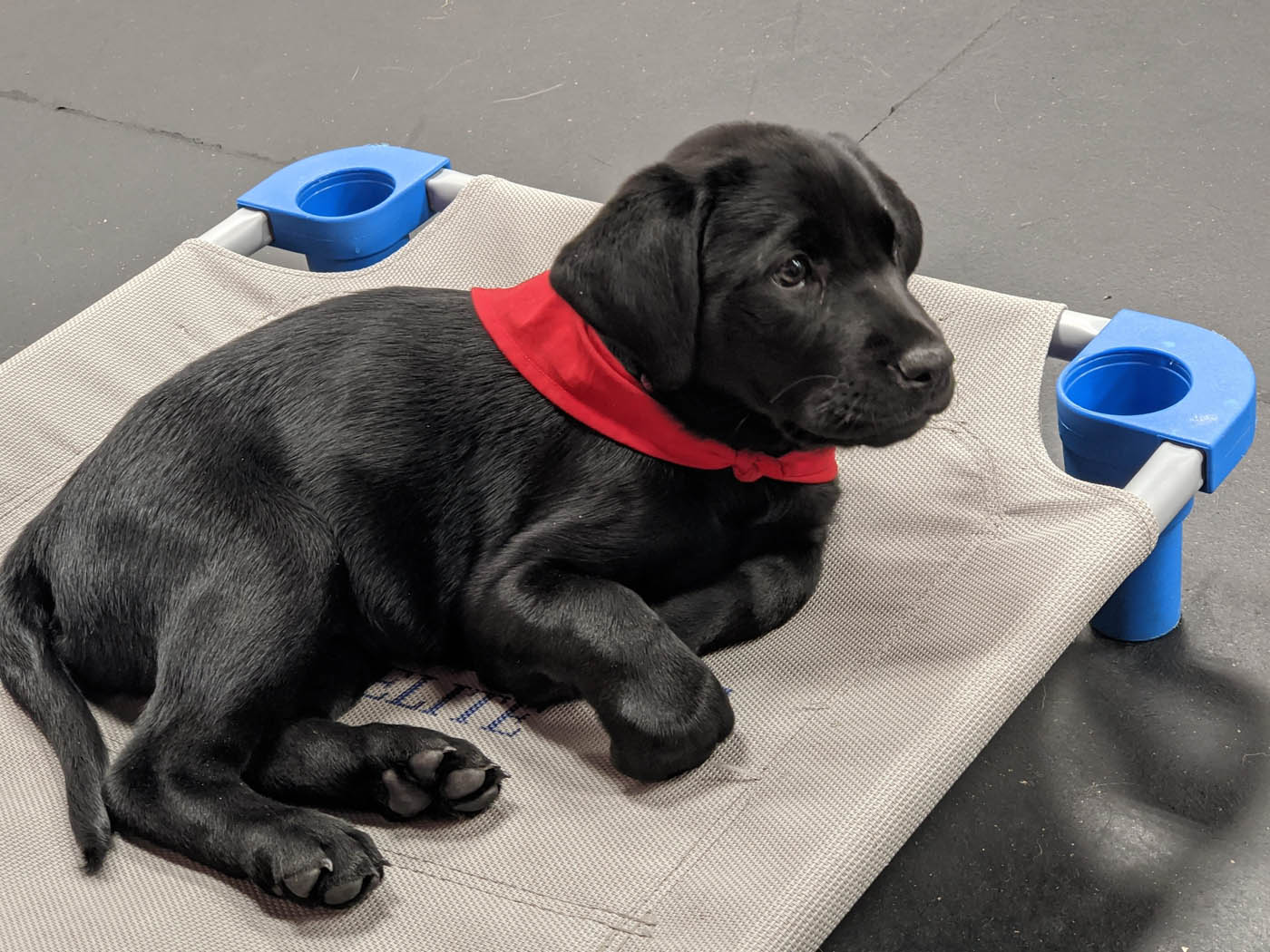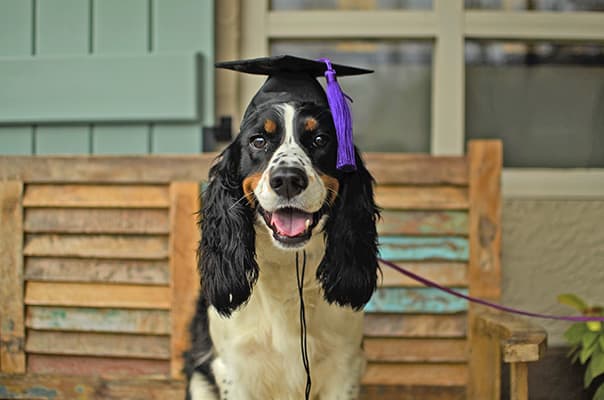Unlock Your Canine's Prospective: Proven Dog Training Techniques for Success
Efficient pet training is a nuanced procedure that pivots on understanding canine habits and utilizing clinically backed strategies. By including favorable support, developing clear commands, and prioritizing socialization, pet proprietors can grow an efficient relationship with their family pets.
Comprehending Canine Habits
Comprehending pet habits is vital for efficient training and fostering a positive partnership in between dogs and their owners. A thorough grasp of canine body language, vocalizations, and social interactions is critical for acknowledging their demands and feelings. Pet dogs connect primarily via non-verbal signs; as an example, a wagging tail may show enjoyment, while pinned ears can signal anxiety or submission.

Furthermore, environmental factors play a significant duty in forming a canine's habits. Modifications in regular, brand-new environments, or the existence of strange people can lead to tension or anxiety in dogs. Acknowledging these triggers allows proprietors to reduce negative reactions and establish ideal training approaches.
Ultimately, a deep understanding of pet dog behavior lays the foundation for successful training techniques, boosting both actions and the general bond between the dog and its proprietor. Dog training. This knowledge is important for cultivating a well-adjusted, delighted canine buddy
Favorable Support Strategies
Reliable training relies greatly on positive support methods, which have been revealed to yield substantial cause shaping wanted actions in dogs. This technique entails rewarding a dog for exhibiting specific actions, consequently raising the possibility that these habits will certainly be duplicated. Incentives can take different forms, including deals with, praise, toys, or playtime, relying on what motivates the specific canine.

It is important to slowly terminate incentives as the pet dog finds out the behavior, transitioning to intermittent support. This approach maintains the behavior over time while protecting against dependency on consistent incentives. By concentrating on positive reinforcement, fitness instructors can cultivate a trusting connection with their pets, promoting a healthy and balanced and cooperative training setting that enhances general obedience and performance.
Developing Constant Commands
A fundamental aspect of successful pet training is the facility of constant commands. Consistency in commands is crucial for effective interaction between the pet and the instructor. When commands are uniform, dogs find out to link particular words with preferred actions, which increases the training procedure and boosts understanding.
To develop consistent commands, it is necessary that all relative utilize the exact same terms and motions. If one individual makes use of "sit" while one more claims "sit down," it can create complication for the dog. Select clear, distinctive words for commands and ensure everybody entailed in the pet's training complies with these options.
Additionally, repeating is essential. Reinforce commands with regular practice, making certain that the pet dog receives ample possibilities to respond correctly. When a pet dog successfully complies with a command, instant favorable support needs to comply with. This might be in the kind of deals with, appreciation, or play, strengthening the link in between the command and the activity.
Finally, hold your horses. Establishing regular commands takes time and initiative. With commitment and clarity, you will certainly assist your canine develop a solid understanding of expectations, ultimately causing a mannerly friend.
Socialization and Direct Exposure
Socializing a pet is necessary for fostering a certain and well-adjusted buddy. This procedure entails subjecting your pet dog to a variety of atmospheres, people, and other pets to establish their social skills and flexibility. Early socializing, ideally in between the ages of three to fourteen weeks, is critical, as it prepares for a pet's future actions.
Throughout socializing, aim to provide positive experiences in different settings, such as parks, hectic streets, and homes with various other pets. Present your pet to numerous stimuli, consisting of noises, views, and smells, guaranteeing that each experience is satisfying. This direct exposure aids mitigate fear and anxiousness, leading the way for an extra resistant pet dog.
Engaging in controlled group play sessions with other pets can also boost social abilities, teaching your pet dog suitable interactions and borders. Focusing on socializing will considerably add to your canine's total happiness and actions throughout their life.
Overcoming Common Training Difficulties

An additional constant problem is disturbance. Canines might have a hard time to concentrate in unfamiliar or hectic settings. Slowly desensitize your pet dog to diversions by beginning training in a peaceful setting and gradually presenting more stimulations as they come to be proficient (dog training near me). Favorable reinforcement strategies, such as deals with and appreciation, can keep inspiration and focus.
Furthermore, behavioral problems like jumping crate training older dog barking or extreme barking can come to be irritating. Address these by instructing alternate actions, such as sitting comfortably when welcoming guests. Consistency and patience are critical; strengthen preferred actions constantly and stay clear of abuse, which can bring about complication.
Last but not least, recognize that each pet is special, crate training older dog barking and training timelines may differ. Tailor your strategy to your pet dog's private demands, and seek expert guidance if needed. With perseverance and the right strategies, getting rid of these obstacles can lead to a trained, satisfied canine companion.
Verdict
To conclude, unlocking a pet's potential requires a comprehensive method that incorporates an understanding of canine actions, the application of positive reinforcement techniques, and the facility of consistent commands. Early socialization and direct exposure to varied environments better improve a pet dog's adaptability and self-confidence. By addressing usual training difficulties with tailored techniques and perseverance, a unified and participating relationship between canine and trainer can be fostered, inevitably resulting in a well-behaved companion qualified of thriving in various circumstances.
Efficient canine training is a nuanced process that hinges on recognizing canine behavior and utilizing clinically backed approaches.Recognizing pet dog actions is essential for reliable training and fostering a positive connection in between pets and their proprietors.Reliable training counts greatly on favorable support techniques, which have been revealed to produce considerable outcomes in forming preferred habits in dogs. When commands are consistent, dogs find out to connect particular words with desired behaviors, which speeds up the training procedure and enhances understanding.
In verdict, opening a pet's possible demands an extensive technique that includes an understanding of canine actions, the pop over to these guys application of favorable reinforcement strategies, and the facility of constant commands.